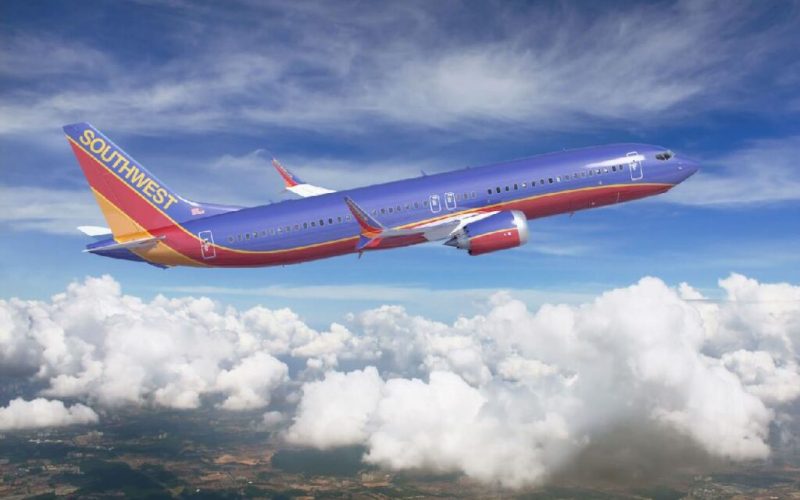Southwest Airlines and USA BioEnergy: An alliance for an ecological future
Southwest Airlines has announced a new partnership with USA Bioenergy that will allow it to reduce its impact on the environment by switching to sustainable SAF aviation fuel. This agreement marks an important step for the American carrier in using clean energy sources to reduce its dependence on fossil fuels and become more environmentally friendly.
USA Bioenergy specializes in creating renewable fuels for the aviation industry and has an impressive portfolio of sustainable biofuel solutions. The company uses a thermochemical process to convert biomass into clean synthetic diesel (SAF).
The benefits of this change are numerous and far-reaching. SAF is significantly cleaner than conventional jet fuels, mainly due to its low particulate emissions and absence of sulfur compounds. Since it is made entirely of organic materials, such as agricultural byproducts, chicken fat or even household waste, jet fuel emissions associated with air travel would be significantly reduced. It also has excellent lubrication properties and good performance characteristics for engines designed for kerosene-based airports, meaning it could also improve engine performance on long international flights without additional maintenance costs for the maintenance of aircraft parts.
In addition to reducing environmental pollution levels from air travel, replacing traditional jet fuel would reduce operating costs for airlines such as Southwest Airlines by using an alternative fuel source that is significantly lower in price than refineries conventional petrochemicals – in some cases up to 30%.
If implemented effectively, this change could also result in reduced delays due to refueling stops and faster turnaround times at airport gates between periods of refueling or preparing aircraft for another flight, which would allow planes to depart more quickly for subsequent flights, and therefore save even more money on potential losses linked to the interruption of passenger journeys during takeoffs.

